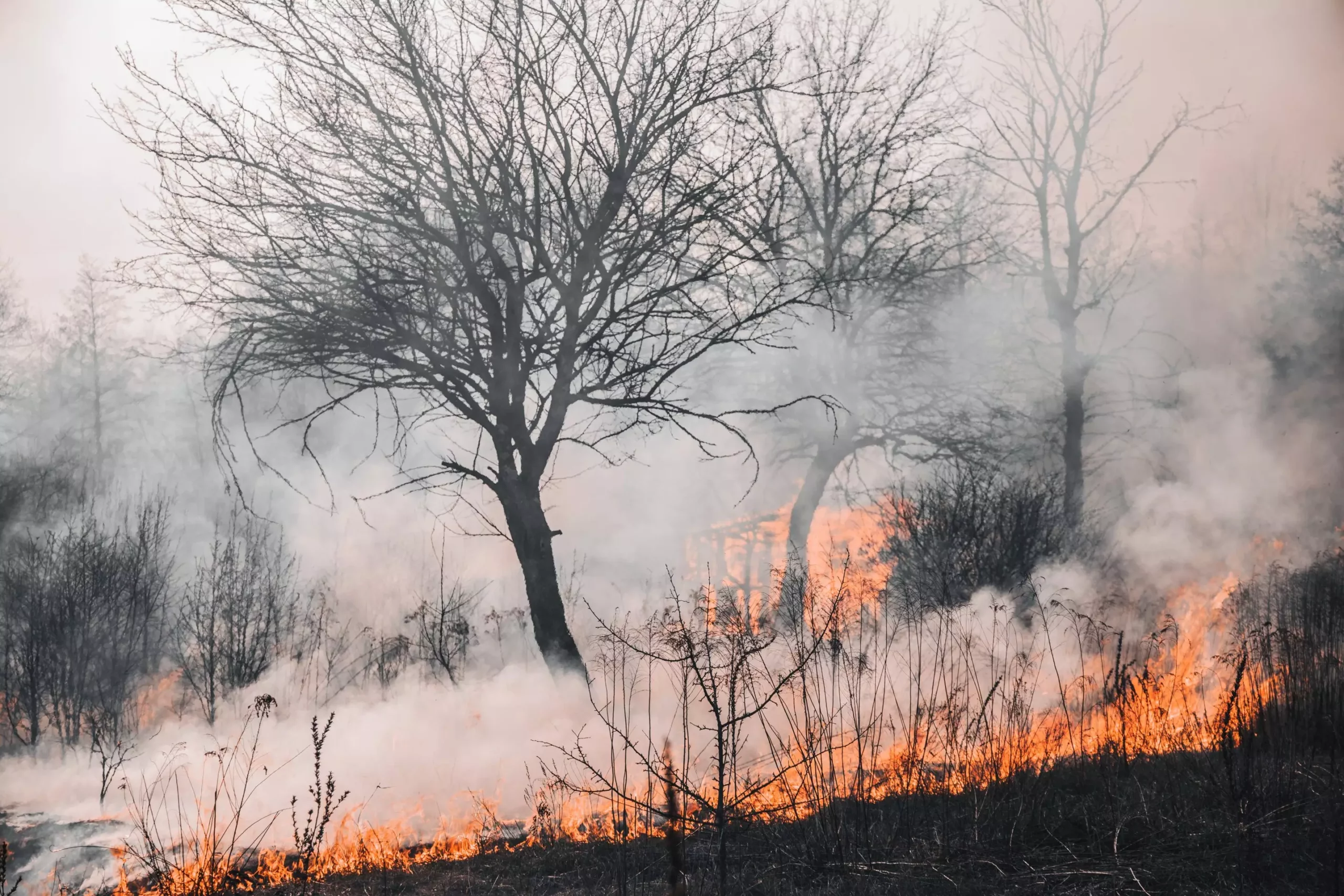As the world grapples with climate change, a recent study conducted by an international team from China, Germany, and the United States has unveiled a significant yet alarming relationship between wildfires and the chemistry of the ozone layer. While most discussions surrounding environmental challenges focus on direct human activities, such as industrial pollution or deforestation, this study encourages us to rethink our understanding of how natural disasters, particularly massive wildfires, contribute to atmospheric destabilization.
Published in the reputable journal Science Advances, the research draws attention to the catastrophic Australian bushfires of 2019/20, which did not merely devastate landscapes and habitats; they also sent shockwaves through the stratosphere, impacting the protective ozone layer in ways that had previously gone unnoticed. For decades, the ozone layer—a crucial barrier safeguarding life on Earth from harmful ultraviolet radiation—has shown signs of recovery due to vigilant global efforts, notably the Montreal Protocol, which successfully phased out many ozone-depleting substances. Nevertheless, this newfound information poses a compelling challenge to the optimistic narrative around ozone reconstruction.
Understanding the Smoke-Charged Vortex
Central to the study’s findings is a phenomenon termed the smoke-charged vortex (SCV). With the ability to transport wildfire emissions to altitudes as high as 35 kilometers, these vortices serve as powerful conduits for smoke and atmospheric aerosols. According to Professor Hang Su from the Institute of Atmospheric Physics at the Chinese Academy of Sciences, this unexpected mechanism of aerosol transport has led to a significant doubling of aerosol burden in the middle stratosphere of Earth’s southern hemisphere. Though it might seem counterintuitive, this dramatic increase in aerosols subsequently spurred both ozone depletion and supply across different layers in the atmosphere.
At lower altitudes, the impact of these aerosols was decidedly negative, leading to substantial ozone loss. However, paradoxically, the scene shifts higher into the atmosphere, where enhanced chemical reactions on these smoke particles contributed to an increase in ozone concentrations. This complex interaction underscores the multi-layer complexity of the ozone dynamics influenced by natural catastrophic events—an area that requires further comprehensive research given climate change’s escalating impact on wildfire frequency and intensity.
The Dual Nature of Wildfire Emissions
The study’s revelation indicates that the relationship between wildfires and ozone is not strictly detrimental. While the lower stratosphere suffered losses, the middle stratosphere exhibited resilience, with its capacity to buffer nearly 40% (up to 70%) of the depletion caused after the fires. Professor Yafang Cheng from the Max Planck Institute for Chemistry emphasizes the role of absorbing aerosols, such as black carbon, in sustaining these colossal smoke-charged vortices for months. This complexity further complicates our understanding of both chemical reactions and consequences for ozone stability.
Yet, while the phenomenon showcases an intricate dance between wildfire emissions and atmospheric changes, this should not detract from the dire reality of the ozone layer’s vulnerability. The protective shield, which serves as a bulwark against harmful UV radiation, becomes increasingly precarious with the atmospheric transformations brought about by natural events amplified by climate change.
A Wake-Up Call for Ozone Protection
Despite the initial optimism surrounding the Montreal Protocol, the findings spur a call for renewed vigilance as we navigate the challenges of climate change. The increasing frequency and intensity of wildfires pose threats that may overshadow some of the progress made in restoring the ozone layer. As the dynamics of atmospheric chemistry become more intertwined with unpredictable wildfires, it is crucial for scientists, policymakers, and citizens to remain engaged in protecting this fragile layer.
Research into how climate-driven events influence stratospheric chemistry must take center stage. This newfound understanding offers both a cautionary tale and an opportunity for interdisciplinary collaboration to improve our comprehension of atmospheric dynamics. As scientists delve deeper into studying these smoke-charged vortices and their repercussions, the implications for environmental legislation and public awareness cannot be overstated. The ongoing dialogue surrounding climate change needs to incorporate these revelations into robust frameworks equipped not just to mitigate human impact but to adapt to the new realities of natural systems.

